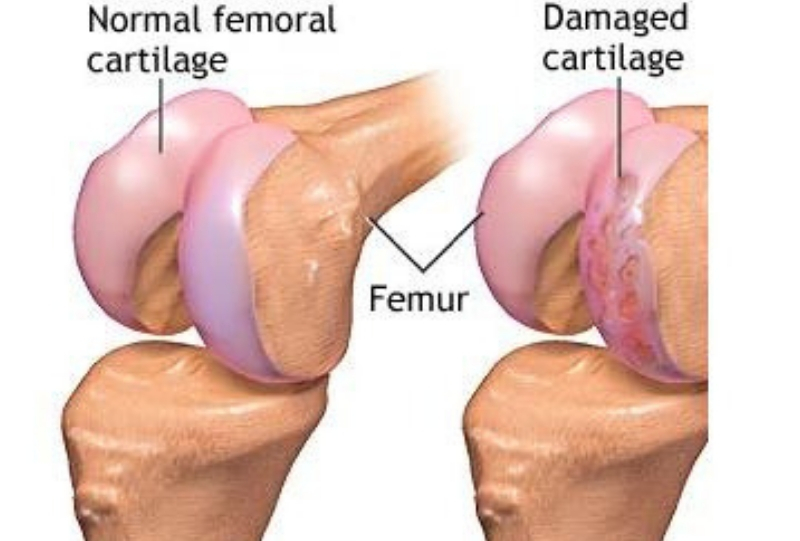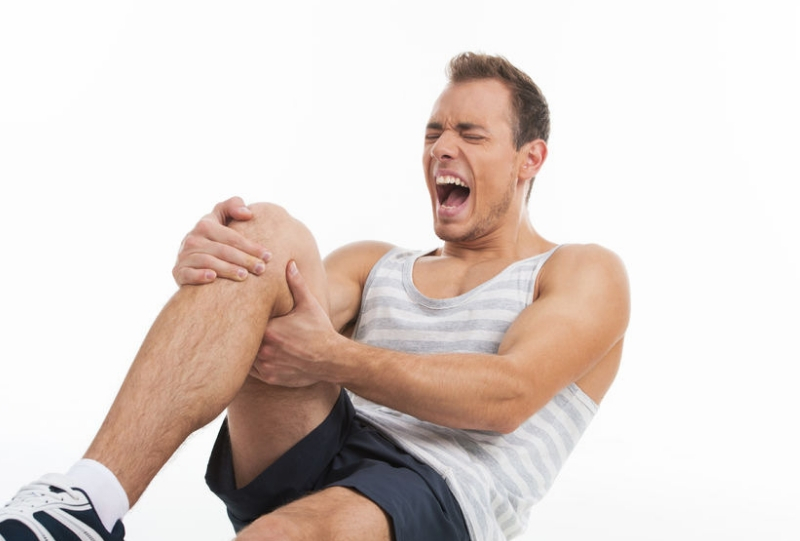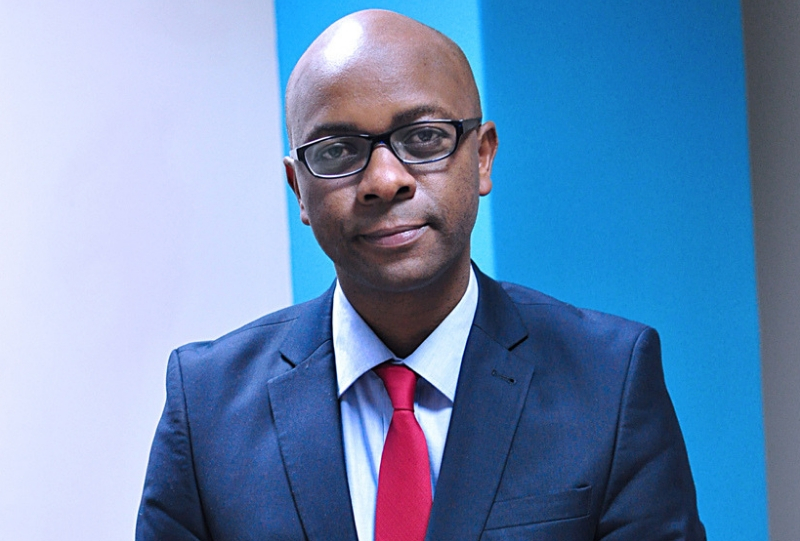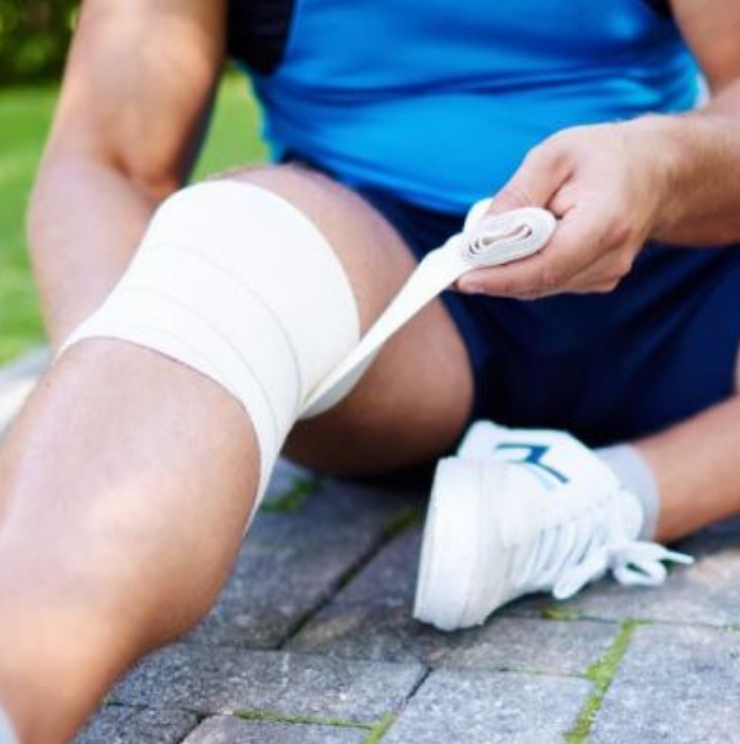Do you require any assistance? Simply reserve your appointment online below
Removal or Repair of Damaged Cartilage
Regain your muscle independence
Cartilage is a tough, flexible tissue found throughout the body. It covers the surface of joints, acting as a shock absorber and allowing bones to slide over one another.
Cartilage damage is a relatively common type of injury. It often involves the knees, although joints such as the hips, ankles and elbows can also be affected.

Symptoms of cartilage damage

Symptoms of cartilage damage in a knee joint include:
Joint pain – this may continue even when resting and worsen when you put weight on the joint
Swelling – this may not develop for a few hours or days
Stiffness
- A clicking or grinding sensation
The knee joint locking, catching, or giving way
Causes of cartilage damage
Cartilage is a connective tissue found in many parts of the body. Although it is a tough and flexible material, it is relatively easy to damage.
If a joint receives a heavy impact, perhaps during a bad fall or an automobile accident, the cartilage may be damaged.
The joints need to move regularly to remain healthy. Long periods of inactivity or immobility increase the risk of damage to the cartilage.
Diagnosing of Cartilage Damage
Telling the difference between cartilage damage in the knee and a sprain, or ligament damage, is not easy because the symptoms can be similar.
After carrying out a physical examination, the doctor may order the following diagnostic tests:
- Magnetic resonance imaging (MRI) – the device uses a magnetic field and radio waves to create detailed images of the body. Although useful, an MRI cannot always detect cartilage damage.
- Arthroscopy – a tube-like instrument (arthroscope) is inserted into a joint to examine and repair it. This procedure can help determine the extent of cartilage damage.

Initial treatment -Removal or repair of damaged cartilage

If you’ve injured your joint and your symptoms aren’t too severe – for instance, you’re still able to put weight on and move the joint – you can often look after yourself using PRICE therapy.
PRICE stands for Protection, Rest, Ice, Compression and Elevation
If your joint is painful, you can take ordinary painkillers such as paracetamol or non-steroidal anti-inflammatory drugs (NSAIDs).
If your symptoms are severe or don’t improve after a few days. You may need professional treatment, such as physiotherapy.
Dedicated to keeping you active
Surgical treatment of damaged knee cartilage
Minor cartilage damage may improve on its own within a few weeks, but more severe damage will often require surgery.
Surgery is usually performed using arthroscopy – a type of keyhole surgery where special instruments are inserted into the joint through small cuts (incisions) – although sometimes larger incisions need to be made.


Some of the main procedures are:
- microfracture (marrow stimulation )- The goal of microfracture is to stimulate the growth of new articular cartilage by creating a new blood supply.tiny holes are made in the bone beneath the damaged cartilage, which releases bone marrow into it; the marrow cells then begin to stimulate the production of new cartilage.
- lavage and debridement – the joint is cleaned out to remove any loose tissue, and the edges of the damaged area are trimmed to make them smooth; it may sometimes be possible to repair the damage at the same time
- drilling – like microfracture, drilling stimulates the production of healthy cartilage.
- mosaicplasty – small plugs of healthy cartilage from non-weightbearing areas of a joint, such as the side of the knee, are removed and used to replace small areas of damaged cartilage
- osteotomy – the alignment of the leg is altered slightly to reduce pressure on the damaged area and improve pain; this usually involves adding or removing a wedge of bone from the shin or thigh bone, and the bone is fixed with a plate until it heals
- joint replacement – replacing the whole joint with an artificial one, such as a knee replacement or hip replacement, is occasionally necessary if the damage is particularly severe.

